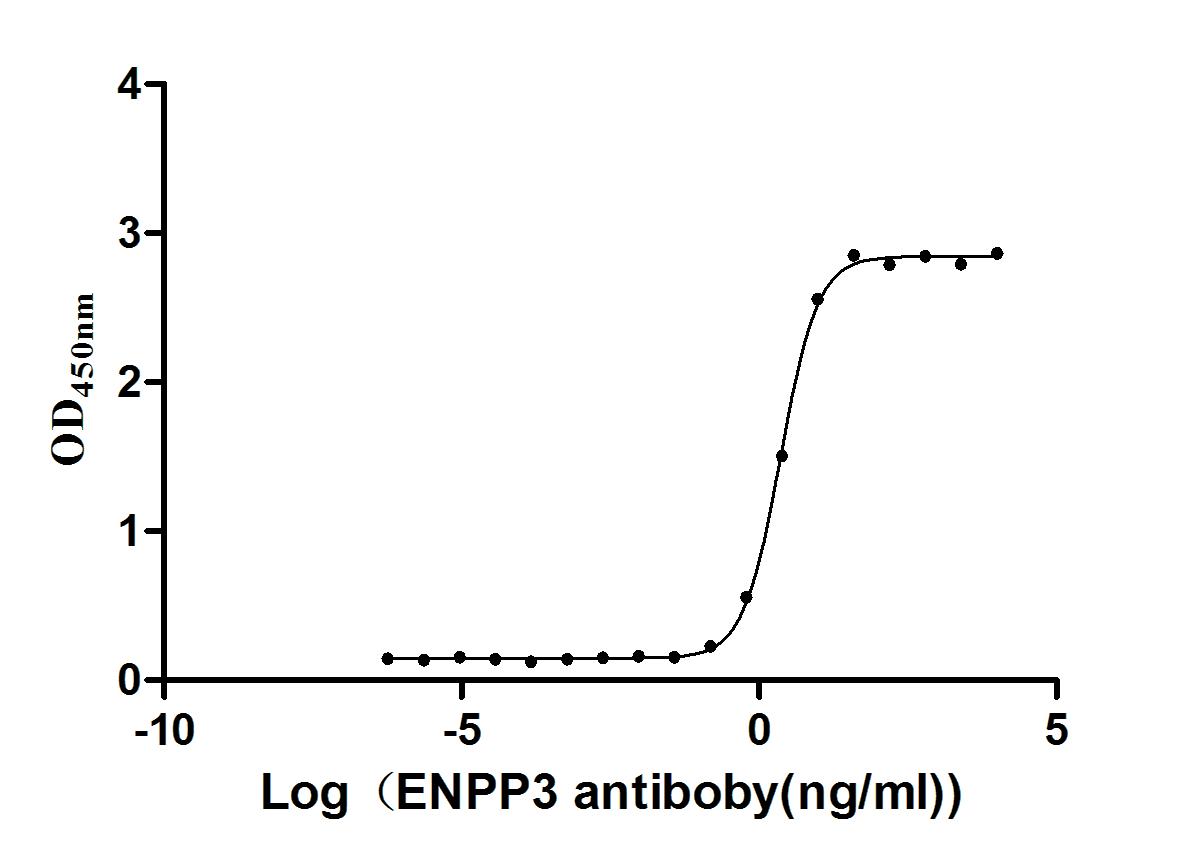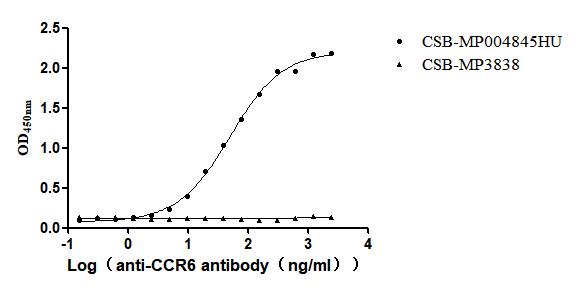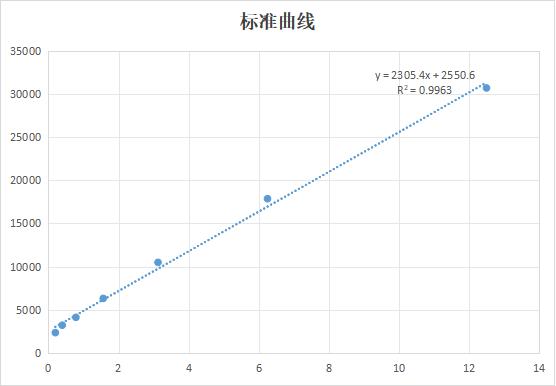Recombinant Vaccinia virus Protein A56 (HA), partial
In Stock-
貨號:CSB-EP321868VAA1
-
規格:¥2328
-
圖片:
-
其他:
產品詳情
-
純度:Greater than 85% as determined by SDS-PAGE.
-
基因名:HA
-
Uniprot No.:
-
別名:HA; A56R; Protein A56; Hemagglutinin
-
種屬:Vaccinia virus (strain Copenhagen) (VACV)
-
蛋白長度:Partial
-
來源:E.coli
-
分子量:31.6 kDa
-
表達區域:17-279aa
-
氨基酸序列TPFPQTSKKIGDDATLSCNRNNTNDYVVMSAWYKEPNSIILLAAKSDVLYFDNYTKDKISYDSPYDDLVTTITIKSLTARDAGTYVCAFFMTSPTNDTDKVDYEEYSTELIVNTDSESTIDIILSGSTHSPETSSEKPDYIDNSNCSSVFEIATPEPITDNVEDHTDTVTYTSDSINTVSATSGESTTDETPEPITDKEEDHTVTDTVSYTTVSTSSGIVTTKSTTDDADLYDTYNDNDTVPSTTVGSSTTSISNYKTKDFVE
Note: The complete sequence may include tag sequence, target protein sequence, linker sequence and extra sequence that is translated with the protein sequence for the purpose(s) of secretion, stability, solubility, etc.
If the exact amino acid sequence of this recombinant protein is critical to your application, please explicitly request the full and complete sequence of this protein before ordering. -
蛋白標簽:N-terminal 6xHis-tagged
-
產品提供形式:Liquid or Lyophilized powder
Note: We will preferentially ship the format that we have in stock, however, if you have any special requirement for the format, please remark your requirement when placing the order, we will prepare according to your demand. -
緩沖液:If the delivery form is liquid, the default storage buffer is Tris/PBS-based buffer, 5%-50% glycerol. If the delivery form is lyophilized powder, the buffer before lyophilization is Tris/PBS-based buffer, 6% Trehalose.
-
復溶:We recommend that this vial be briefly centrifuged prior to opening to bring the contents to the bottom. Please reconstitute protein in deionized sterile water to a concentration of 0.1-1.0 mg/mL.We recommend to add 5-50% of glycerol (final concentration) and aliquot for long-term storage at -20°C/-80°C. Our default final concentration of glycerol is 50%. Customers could use it as reference.
-
儲存條件:Store at -20°C/-80°C upon receipt, aliquoting is necessary for mutiple use. Avoid repeated freeze-thaw cycles.
-
保質期:The shelf life is related to many factors, storage state, buffer ingredients, storage temperature and the stability of the protein itself.
Generally, the shelf life of liquid form is 6 months at -20°C/-80°C. The shelf life of lyophilized form is 12 months at -20°C/-80°C. -
貨期:3-7 business days
-
注意事項:Repeated freezing and thawing is not recommended. Store working aliquots at 4°C for up to one week.
-
Datasheet & COA:Please contact us to get it.
相關產品
靶點詳情
-
功能:Prevents cell to cell fusion by interacting with and directing the viral K2 protein on the host plasma membrane. The A56-K2 complex associates with components of the entry fusion complex (EFC) presumably to avoid superinfection and syncytium formation. Via its interaction with C3/VCP protein, protects the infected cell and probably also the extracellular enveloped virus from complement attack.
-
亞細胞定位:Virion membrane; Single-pass type I membrane protein. Host membrane; Single-pass type I membrane protein. Note=Component of extracellular enveloped virus (EEV) but not intracellular mature virus (IMV). Component of the outermost membrane of EEV.
Most popular with customers
-
Recombinant Macaca fascicularis Delta-like protein 3 (DLL3), partial (Active)
Express system: Mammalian cell
Species: Macaca fascicularis (Crab-eating macaque) (Cynomolgus monkey)
-
Recombinant Human E3 ubiquitin-protein ligase ZNRF3 (ZNRF3), partial (Active)
Express system: Mammalian cell
Species: Homo sapiens (Human)
-
Recombinant Rabbit Tissue factor pathway inhibitor (TFPI) (Active)
Express system: Mammalian cell
Species: Oryctolagus cuniculus (Rabbit)
-
Recombinant Human C-X-C chemokine receptor type 4 (CXCR4)-VLPs (Active)
Express system: Mammalian cell
Species: Homo sapiens (Human)
-
Express system: Mammalian cell
Species: Homo sapiens (Human)
-
Recombinant Human C-C chemokine receptor type 6(CCR6)-VLPs (Active)
Express system: Mammalian cell
Species: Homo sapiens (Human)
-
Recombinant Human Urokinase-type plasminogen activator(PLAU) (Active)
Express system: Mammalian cell
Species: Homo sapiens (Human)

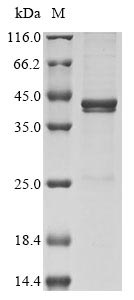

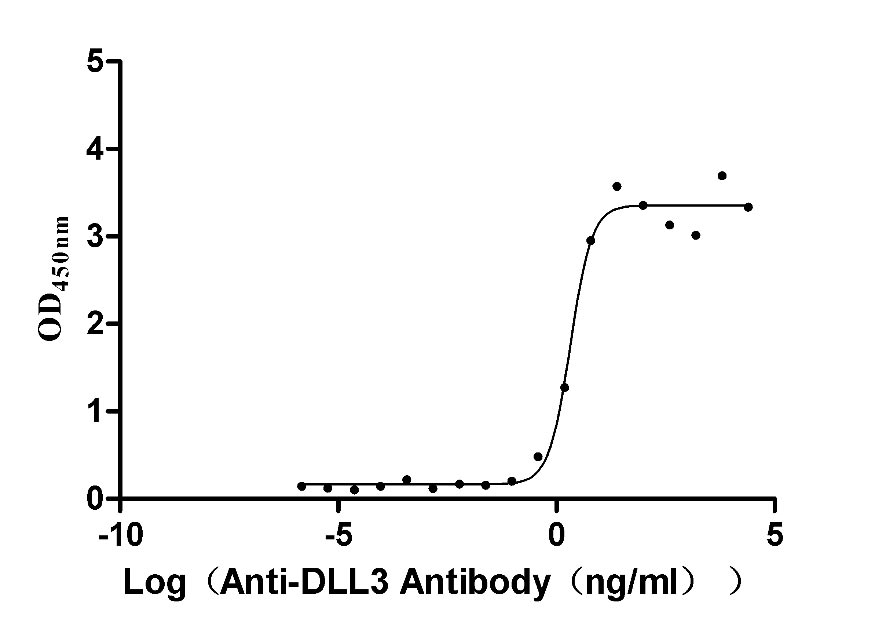
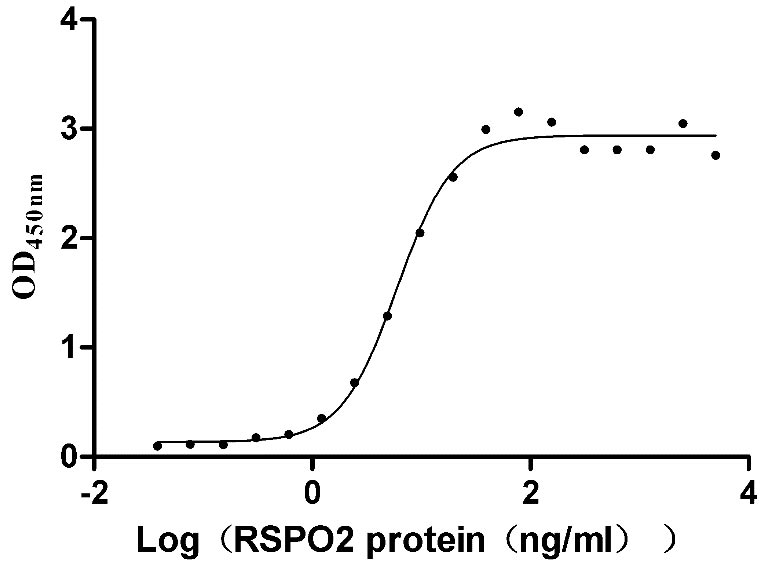
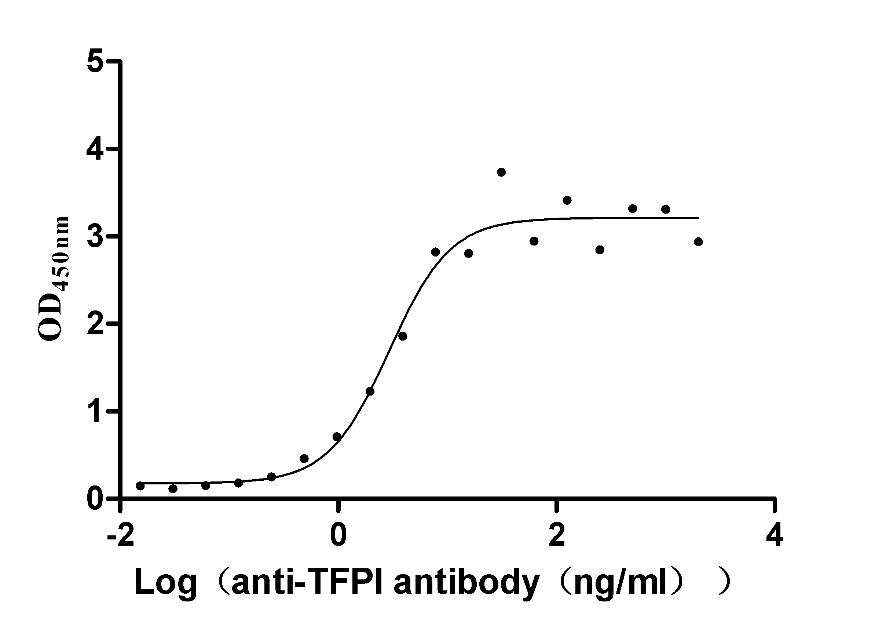
-AC1.jpg)
